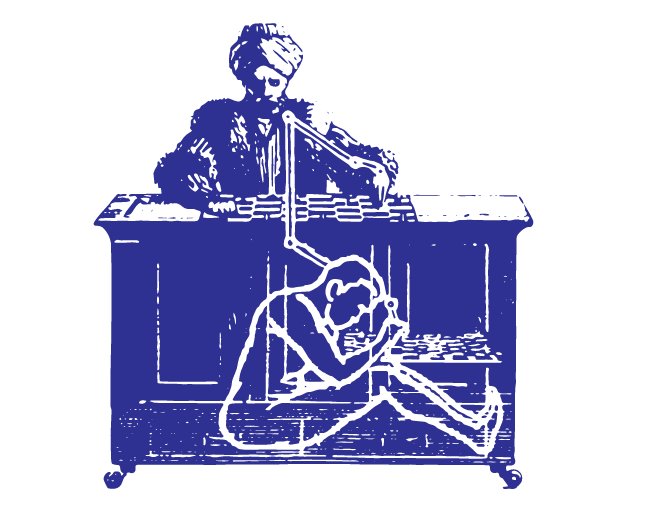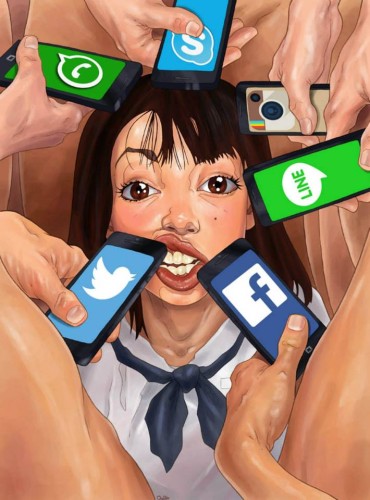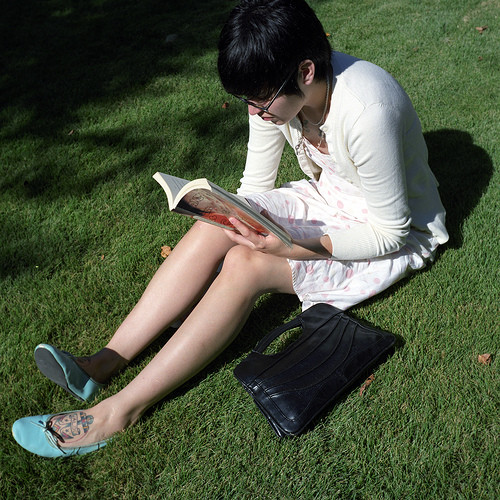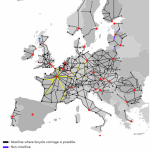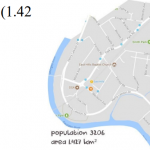In 1770, Hungarian inventor Wolfgang von Kempelen constructed a chess-playing machine known as the Mechanical Turk. His goal, in part, was to impress Empress Maria Theresa of Austria. This device was capable of playing chess against a human opponent and had spectacular success winning most of the games played during its demonstrations around Europe and the Americas for almost nine decades. But the Mechanical Turk was an illusion that allowed a human chess master to hide inside the machine and operate it.
Some 160 years later, Amazon.com branded its micropayment based crowdsourcing platform with the same name. According to Ayhan Aytes, Amazon’s initial motivation to build Mechanical Turk emerged after the failure of its artificial intelligence programs in the task of finding duplicate product pages on its retail website. After a series of futile and expensive attempts, the project engineers turned to humans to work behind computers within a streamlined web-based system.
The spectacle of the machine
Amazon Mechanical Turk digital workshop emulates artificial intelligence systems by checking, assessing and correcting machine learning processes with human brainpower. With Amazon Mechanical Turk, it may seem to users that an application is using advanced artificial intelligence to accomplish tasks. But it is closer to a form of ‘artificial artificial intelligence’, driven by a remote, dispersed and poorly paid clickworker workforce that helps a client achieve their business objectives. As observed by Aytes, “in both cases the performance of the workers who animate the artifice is obscured by the spectacle of the machine.”
This kind of invisible, hidden labor, outsourced or crowdsourced, hidden behind interfaces and camouflaged within algorithmic processes is now commonplace, particularly in the process of tagging and labeling thousands of hours of digital archives for the sake of feeding the neural networks… As we see repeated throughout the system, contemporary forms of artificial intelligence are not so artificial after all… At every level contemporary technology is deeply rooted in and running on the exploitation of human bodies.
Quoted from Anatomy of an AI System, Kate Crawford and Vladan Joler, 2018.
Via: The exploitation, injustice, and waste powering our AI, Katharine Schwab, 2018.
